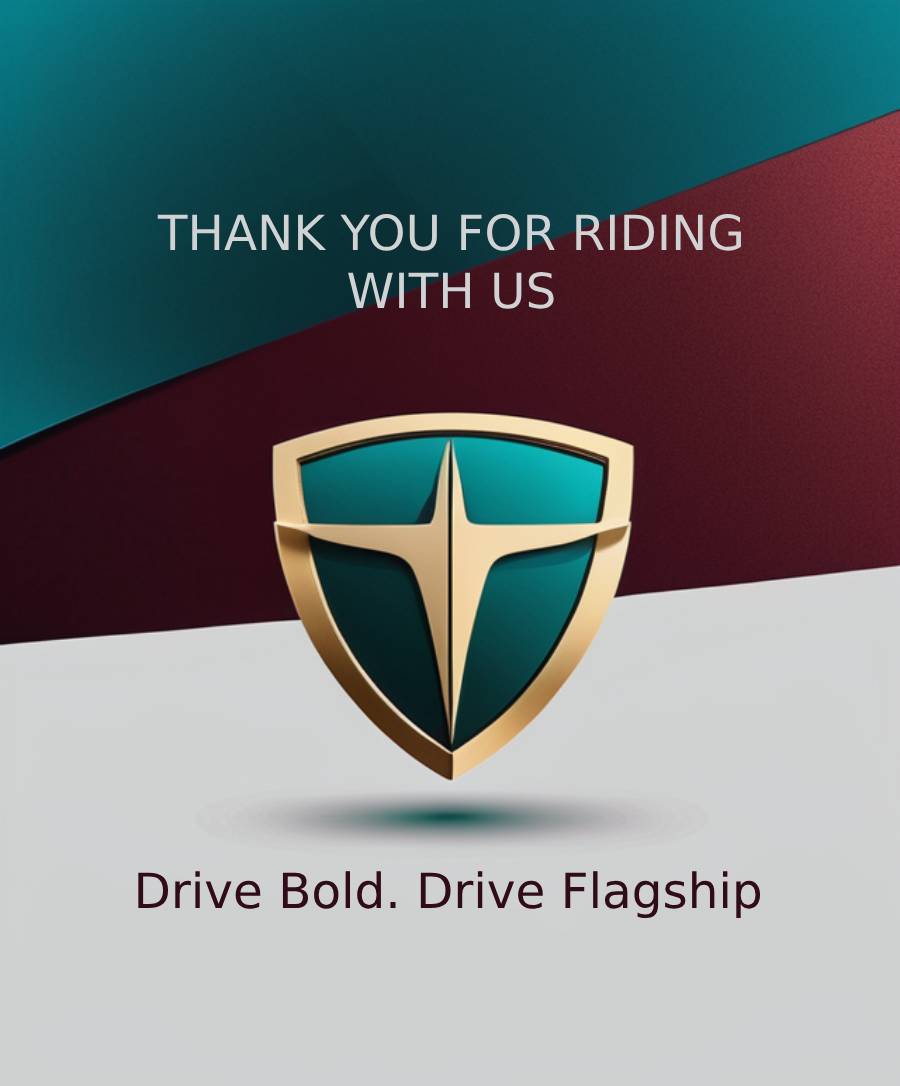Your cart is currently empty!

15 Essential Nighttime Driving Tips
For most of us, driving at night can be quite scary. When the sun calls it a day, the road becomes a very mysterious realm. It’s not the same world you’re used to. It becomes a world where headlights cut through inky darkness. It also becomes a world where unseen critters might just be planning your next big surprise. The point here, of course, is that driving at night is challenging. Without the right nighttime driving tips, you could encounter a lot of mishaps. That’s why we’ve come up with 15 Essential Nighttime Driving Tips.
Night driving is one of the top causes of all auto accidents. There are so many things that can happen on the road at night. According to statistics, over 40% of all fatal road accidents occur during the night. That’s a huge percentage. And, almost half of fatal car accidents in 2020 occurred at night. But, no matter how much time you’ll spend on the open road and how far the distance, a well-planned journey with fewer distractions can make a huge difference.
These fifteen essential nighttime driving tips ensure stress-free drive during the night. No fancy jargon, just real-world wisdom to help you navigate at night and drive safely to your destination. Whether you’re a regular night traveler (Yep, that’s what we are calling you), or you are taking your first moonlit drive, our tips are your trusty co-pilots.
Turn up your headlights and let’s safely illuminate the road to safer nighttime driving. Here are the 15 Essential Nighttime Driving Tips to Keep You Safe.
1. Ensure Adequate Visibility
Headlights play a very important role in lighting the road ahead of you. They are your trusty companions for increased visibility. Without headlights at night, you’re essentially blind. In fact, faulty or inadequate headlights can lead to serious road accidents. As such, it’s vital to ensure they’re working correctly and keep them clean.
Having them working is one thing. But also make sure they are properly aimed. Misaligned headlights can blind oncoming drivers or leave you in the dark.
2. Reduce Speed
During the night time, a lot of roads are clear. Because of this, it’s quite tempting to speed up. However, as we said earlier, darkness can hide unexpected obstacles.
When driving at night, it’s important to reduce your speed. Driving at night already lowers your visibility. Reduced visibility means longer reaction times. Lower speeds help you respond to sudden changes on the road.
Besides giving you more time to react, slower speeds give you better control of your car. Reducing speed at night may save your life.
3. Maintain Safe Following Distance
Space is your friend, especially at night. This is where the 3-Second Rule comes into play. If you’re not familiar with the 3-second rule, it’s a driving rule that simply states that you should keep a distance of at least three seconds between you and the vehicle in front.
This complements our last point on reaction time. When the vehicle in front of you stops, you have 3 seconds to react, which is ample time on the road. A safe gap provides ample time to brake gently instead of slamming the brakes in emergencies.
There are times when you have to increase your following distance. For instance, when driving under adverse weather conditions like, say, rain or fog.
4. Use High Beams Wisely
The fourth point in our Essential Nighttime Driving Tips falls under headlights. High beams are a great tool for every driver. But, as with any tool, it’s important to use it wisely. High beams are designed to provide you with extra visibility from the standard headlights. Different types of high-beam lights provide different visibility distances.
You should only turn on your high-beam lights in areas with no oncoming traffic. You can also turn high beams on when following another vehicle from a safe distance, for that extra illumination.
However, dim your lights when approaching other vehicles. Failing to turn off high beam lights, the illumination could temporarily blind drivers in oncoming traffic. In worst cases, due to low visibility, drivers might swerve into your lane, leading to accidents.
5. Minimize Distractions
Distractions are pretty self-explanatory. A distraction is anything that takes your attention from driving. Things like texting, talking on the cell phone, or fiddling with the infotainment system all fall under distractions and should not be done when driving, especially at night.
So, make sure to keep your phone on silent when driving. This way, you won’t hear it when it rings, thus you won’t be distracted. You can also just keep your phone out of reach. If you can’t miss a call, use hands-free options to avoid distractions.
To solve the issue of constantly reaching for the infotainment system, set all the music playlists in advance, as well as the navigation and other settings.
6. Stay Alert and Combat Fatigue
We’ve all heard a case like this before: a driver falls asleep behind the wheel and crashes. It’s very common. In fact, Worldwide, driver fatigue accounts for up to 20% of all serious and fatal road accidents. According to BrakeUk, sleep-related car accidents can be caused by two major factors: the lack of driver simulation and monotonous road environment. Such accidents are common on motorways.
To avoid falling asleep behind the wheel, make sure to get a good night’s sleep. Also, avoid long drives when you already feel tired. When you feel tired in the middle of a drive, consider taking a break. Stop, get a snack, or just take a short walk. If you’re still having a hard time combatting fatigue during nighttime driving and you’re on a road trip with your buddies, take turns, letting them drive while you rest.
7. Be Cautious Around Wildlife
There are countless nocturnal animals that are always out at night. Depending on where you driving, you might come across hedgehogs, foxes, bats, or even bigger animals like leopards. When driving around such areas, be extra cautious. This is where the high beam lights will really come in handy.
Wildlife is very unpredictable. So, when you do find yourself in a situation where you have encountered an animal, avoid sudden movements. Avoid swerving suddenly, as it can lead to accidents. Brake safely if necessary. That will be your best bet.
8. Plan Your Route
As we mentioned in the introduction, a well-planned drive is a game-changer. Before you hit the road, use your GPS or navigation apps to chart your route.
If you’re unfamiliar with the area, plan your route to minimize surprises. And in case of road closures or unexpected detours, plan alternative routes.
9. Keep Headlights Clean
And number 9 in our 15 Essential Nighttime Driving Tips, comes down to headlights. After using a car for a while, headlights can accumulate dirt, bugs, and grime, which can reduce their effectiveness. As such, you should regularly clean your headlights. Keep an eye out for fogging or yellowing of headlights, as this can diminish their brightness.
To clean the headlights, use toothpaste and baking soda. You can also use vinegar and Lemons. But, if headlights are severely degraded, consider replacing them entirely.
10. Check and Adjust the Headlight Aim
Headlights have to illuminate the road ahead of you. If you find yourself squinting or not getting enough light on the road, the headlights may be misaligned. As we shared, misaligned headlights can blind oncoming drivers, so it’s essential to keep them properly aimed.
That’s why it’s important to periodically check if your headlights are correctly aligned. This ensures that they illuminate the road ahead. In normal circumstances, The headlight beam should be aligned with the center tapeline. To align the headlight aim, you should turn the screws clockwise to rotate the headlights and counterclockwise to reverse them. Next, block out the adjusted lamp and repeat the vertical and horizontal adjustments on the other headlight.
If you can’t align them yourself, consider consulting a mechanic or auto technician for adjustments.
11. Avoid Over-Speeding
There’s a reason why the cops always pull you over when you’re driving above the speed limit. Over-speeding is a huge contributing factor to accidents. In fact, according to a report by the National Highway Safety Administration, Transportation speeding was a contributing factor in 29% of all traffic fatalities in 2021, nearly as similar as sleep-related crashes.
When you’re over-speeding, you’re more prone to loss of control of your vehicle, there is an increased occurrence of rollovers as well as stopping distance. If something pops up on the road, i.e. a child or one of those nocturnal animals we talked about, you have little to zero reaction time. Also, accidents that occur due to over-speeding are more serious and more likely to lead to fatalities.
As such, be sure to stick to the speed limits posted on the road signs, especially at night when visibility is reduced. If you’re driving at night and under adverse weather conditions, keeping your speed low will give you more control of your car.
12. Use Fog Lights When Necessary
Besides headlights, fog lights are essential. Activate your fog lights only when visibility is significantly reduced due to fog, heavy rain, or snow. But only use them when needed. Once you’re in an area with increased visibility, remember to switch the fog lights off.
13. Observe Road Signs and Signals
If you’re familiar with the roads you’re traveling on, observe and follow all the road signs. These are your best guides on the roads. Because there are so many road signs out there, make sure to familiarize yourself with the meanings of various road signs and signals, especially at intersections.
Keep up with any changes in road conditions, detours, or closures. These will always be indicated by temporary signs or electronic displays. Make sure to keep your speed slow as you might miss a road sign.
14. Keep Windshield Clean and Clear
The windshield is essentially your car’s eye on the road, and it’s a very important part of your car. Without proper cleaning, the windshield can accumulate dirt, which will affect the windshield’s effectiveness.
Make sure to always keep your windshield clean. Perform regular cleans on both the inside and outside of your car. And while you’re at it, keep the windshield wiper blades in check too. You should replace the wi[er blades if they leave streaks or fail to clear the windshield effectively. Also, keep your windshield washer fluid reservoir topped up. This way, you can clean your windshield on the go.
15. Practice Defensive Driving
The last entry in our 15 Essential Nighttime Driving Tips is Defensive Driving. If you’re unfamiliar with the term, Defensive driving is basically driving while being aware of your surroundings, such as adverse weather conditions, debris, and even other drivers. In other words, it is a set of safe responses to potential hazards.
Keep a watchful eye on your surroundings, pedestrians, and any wildlife. If not outside, the distractions may be right in your car. So, minimize distractions inside your vehicle to stay focused on the road and potential hazards. Be prepared for anything.
Stay safe out there on the roads, especially after dark.
Photo by Gabe Pierce on Unsplash
Author Details

Our Team
Hi there! Welcome to Flagship Drive.
I’m Wilfred Nkhwazi, a passionate car lover from Africa. I created this platform to share expert insights, honest reviews, and a fresh perspective on the latest cars and automotive trends. Let’s hit the road together.
Advertisement

Recent News

